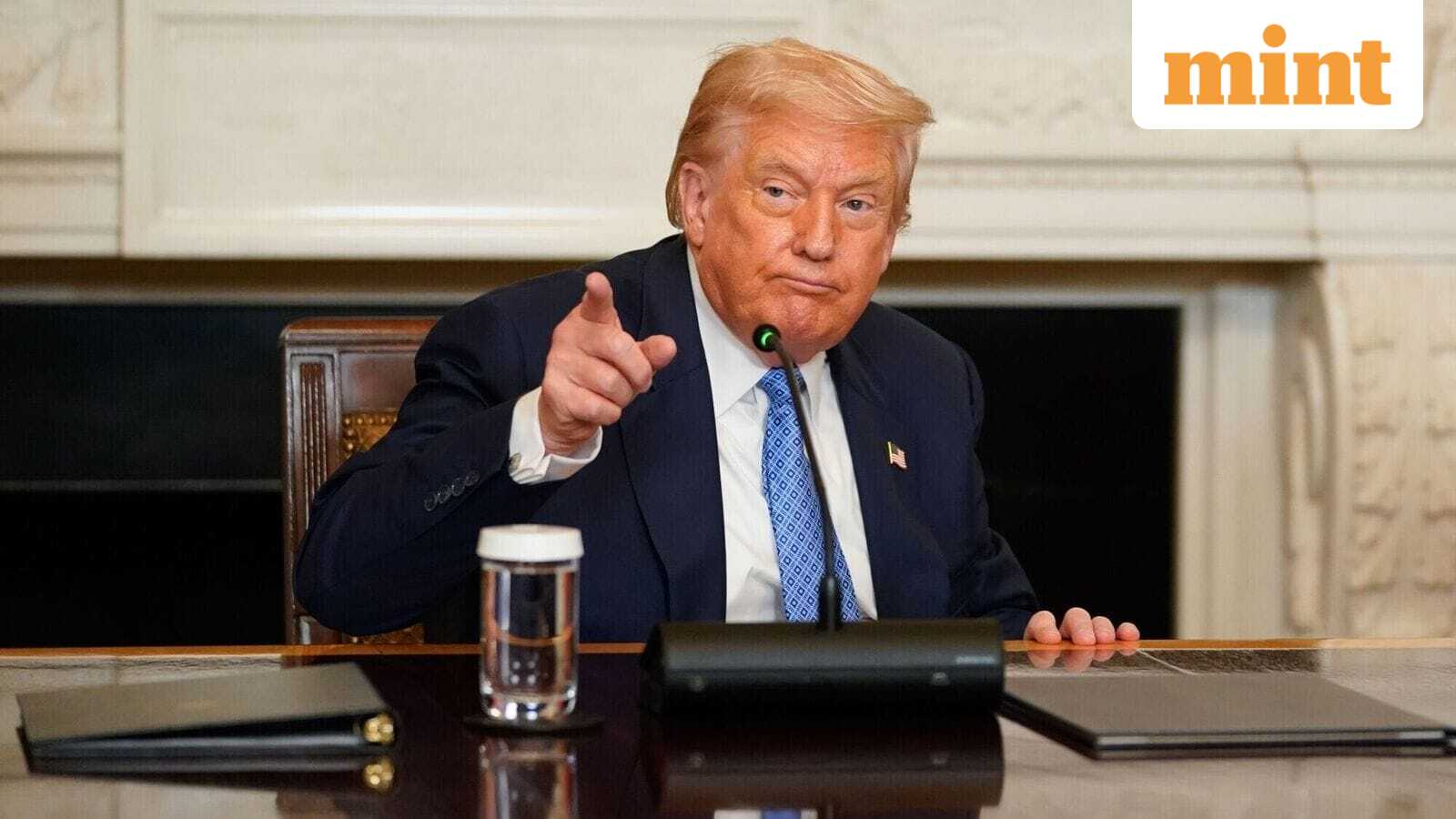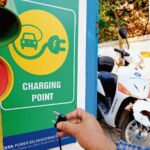Beyond tariffs, perhaps the issue that has defined the current US administration is immigration. Since reclaiming office in January, President Donald Trump has intensified the hardline policies on US borders and visas.
The crackdown itself is not new. The Joe Biden administration, too, had tightened rules in response to public unease over high immigration, but under Trump, the pitch of restrictions has grown sharper. This has impacted many Indian aspirants with the American dream. Mint explores the latest trends in US visa issuances.
Study: Stalled ambitions
The hardest hit among US visa seekers are prospective students to the world’s largest economy. The number of US F-1 student visas issued to Indians fell by 31.2% year-on-year to just 11,484 between January and May 2025. This decline was significantly steeper than the 11.8% drop for Chinese students, a group that was the largest source of student visas during the same period. Overall, student visa issuances saw a 17% decline.
Beyond fewer issuances, the Trump administration has been more aggressive in terminating visas, even for minor violations. “The administration basically terminated the visa status of many students because of some (minor) violation in the past, even if it got dismissed, although it is no longer happening at present,” said Cyrus Mehta, founder, Cyrus D. Mehta & Partners, a New York-based immigration law firm.
Moreover, the outlook for the second half of 2025 remains bleak due to recent delays caused by a month-long pause on visa interviews and new social media vetting for all applicants.
Work: Hazy terrain
Indian nationals were issued 63,323 H-1B work visas during January to May 2025, which is 11.1% fewer than the same period in 2024. However, despite the decline, Indians continue to corner a lion’s share in this segment at 74.8% of all H-1B issuances. China (11.3%) and the Philippines (1.3%) are distant followers. The H-1B visa is a non-immigrant visa that allows US employers to employ foreign workers in specialized occupations temporarily. The critics of the visa argue that it undercuts the employability of American workers; the supporters contend that it helps attract top global talent to the US.
The Trump administration, which has a motto of ‘Make America Great Again’ and promised more jobs for Americans, has been squeezing H-1B visa issuances. The US government steeply raised H-1B registration fees for 2025-26 and is also eyeing scrapping the existing lottery system in favour of salary-based selections that could put entry-level graduates at a disadvantage.
Travel: Still holding up
Visitor visas, largely used for tourism and business, have not faced similar disruptions yet. In fact, India became the biggest source market in the post-covid period and remained so until May 2025. Between October and May 2025, B-1/B-2 visa issuances to Indians rose 4.4% year-on-year to 684,613, even as the total number of visitors to the US fell 1.8% year-on-year during this period.
In recent years, more Indians have visited the US, which coincided with India’s post-pandemic travel boom. Before the pandemic, China was the largest source of visitors to the US; in the post-pandemic years, India overtook China. While in 2023-24 (October-September), Brazil saw the biggest travel visa issuances, India pulled through in 2024-25 (from October until May) to record the highest B-1/B-2 visa issuances.
However, going ahead, all travellers and students will have to cough up an additional $250 in visa fees, starting from October, which could impact the numbers.
Elite talent: Going strong
Despite the deterioration in the overall immigration situation in the US, opportunities remain for top talent—the crème de la crème. One such opportunity is through the O-1 visa pathway, a three-year temporary work visa for individuals who demonstrate extraordinary ability or achievement in their fields. This has gained traction among foreign nationals, including Indians. Though more costly and selective, it offers a path to work in the US without the precariousness of the H-1B lottery system.
And the issuance of O-1 visas is on the rise. Issuances to Indians climbed to 687 in January-May 2025, from just 198 in the same period in 2018. Out of the 8,202 visas issued in 2025, Indians were the third-largest nationality after the British (1,228) and the Chinese (707) in securing them.
Besides extraordinary talent, money can also open an easy pathway to the US. The Trump administration recently proposed the ‘Gold Card’ programme that offers to grant wealthy foreign nationals permanent residency and citizenship in exchange for a $5 million investment.
Economic impact: Future tense?
The second stint of the Trump administration has upended many previous policies, and the aggressive visa rules have led to sharp criticism from several quarters as well as legal challenges. Moreover, there is a sharp economic impact related to the curtailment of international students’ entry to the US. Preliminary projections from NAFSA: Association of International Educators, a US-based non-profit organization that tracks international education, suggest that the US could see over 170,000 fewer foreign students in 2025-26 (Oct-Sep). This could result in nearly $7 billion in lost revenue and cost the country 60,000 jobs in towns with local universities.
While Indians are still interested in pursuing education in the US, they are keeping other options open as well against the current backdrop. “Families are widening their horizons, with the UK, France, Germany, Ireland, the Netherlands, Japan, and Singapore all emerging as strong considerations,” said Namita Mehta, president and partner at The Red Pen.
#great #Indian #American #dream #falters #President #Donald #Trump



